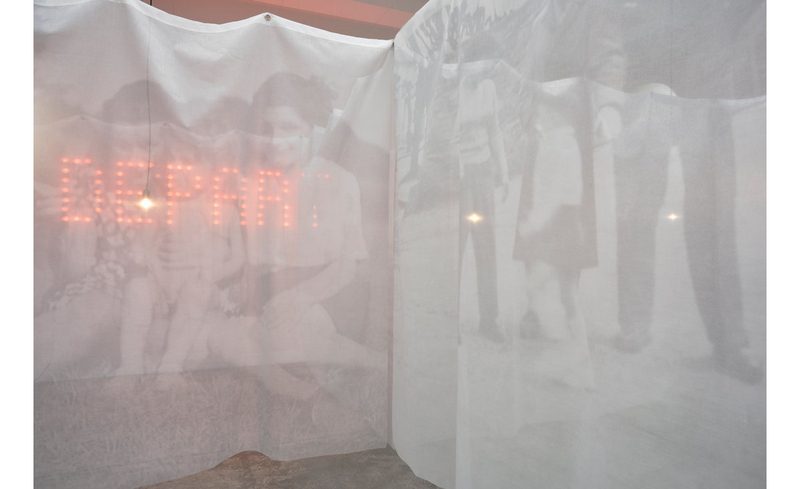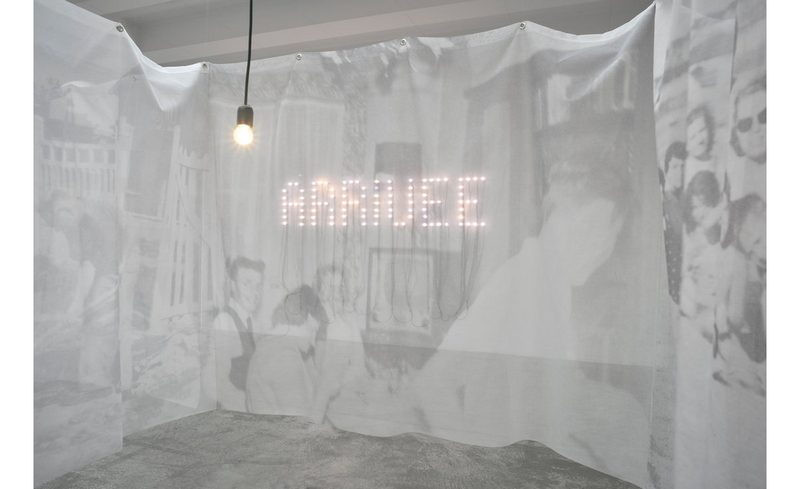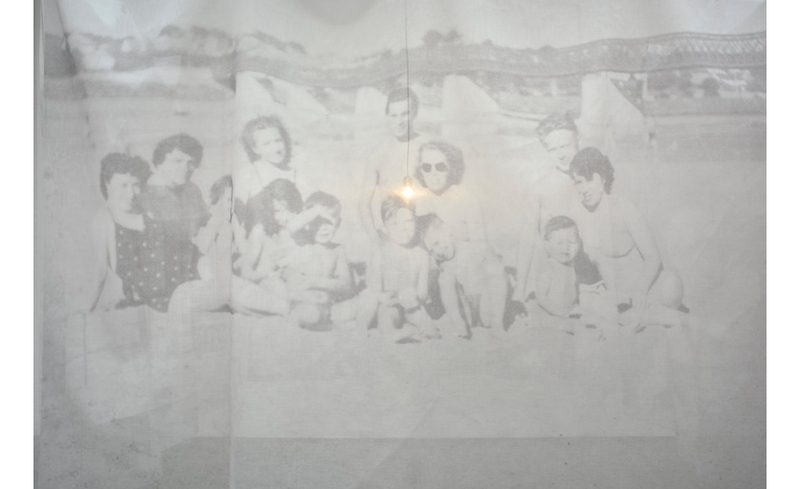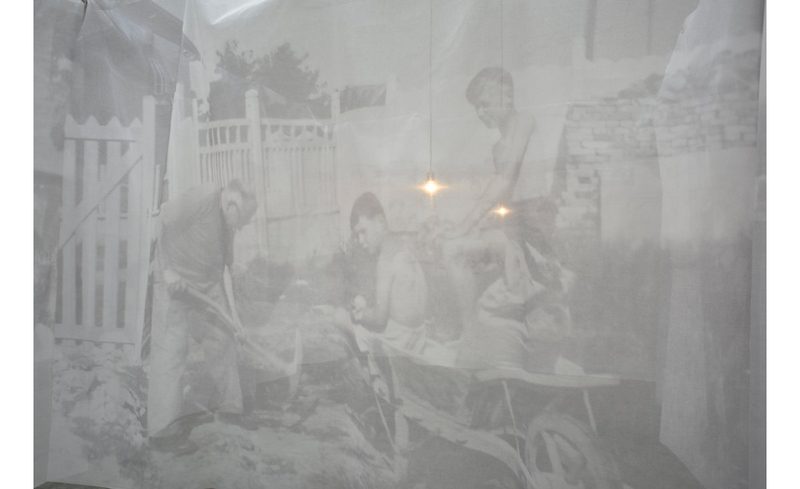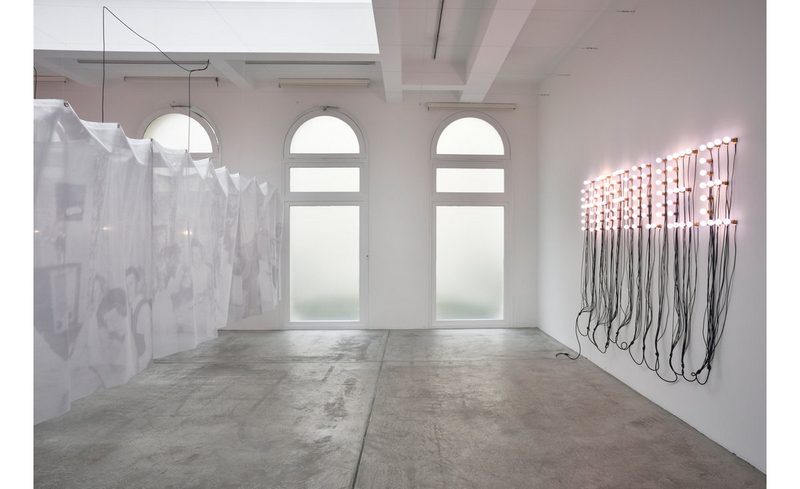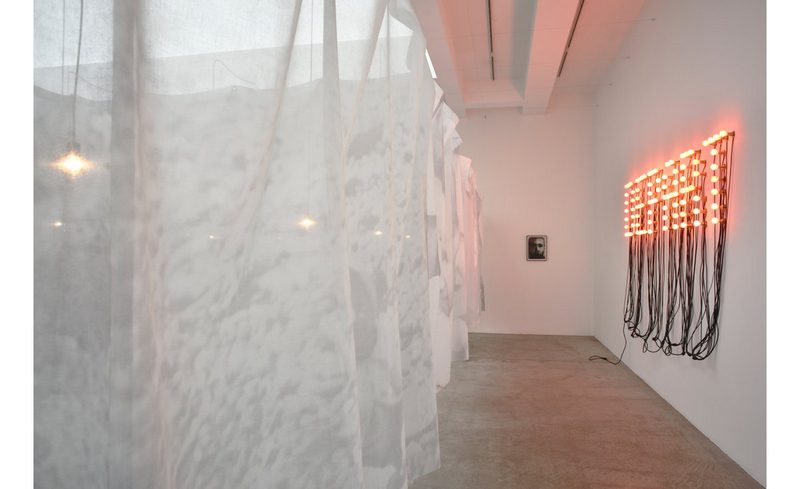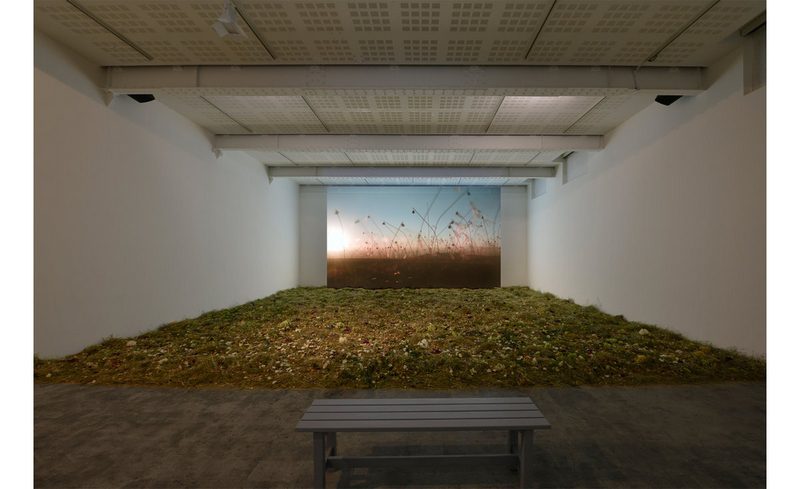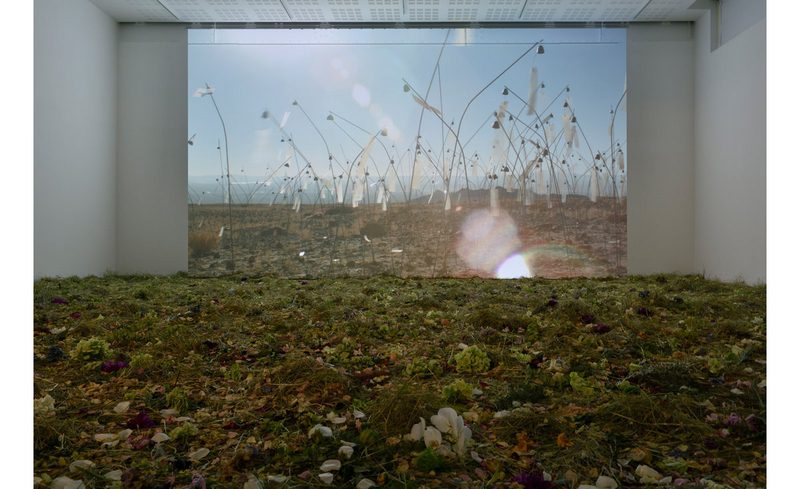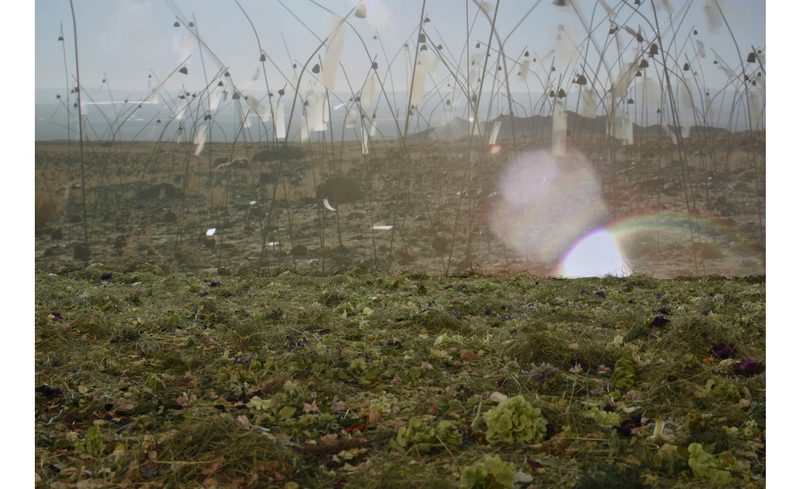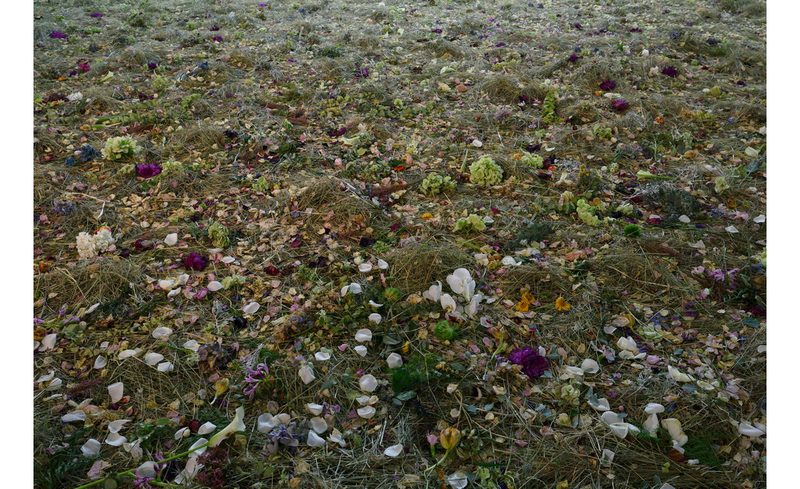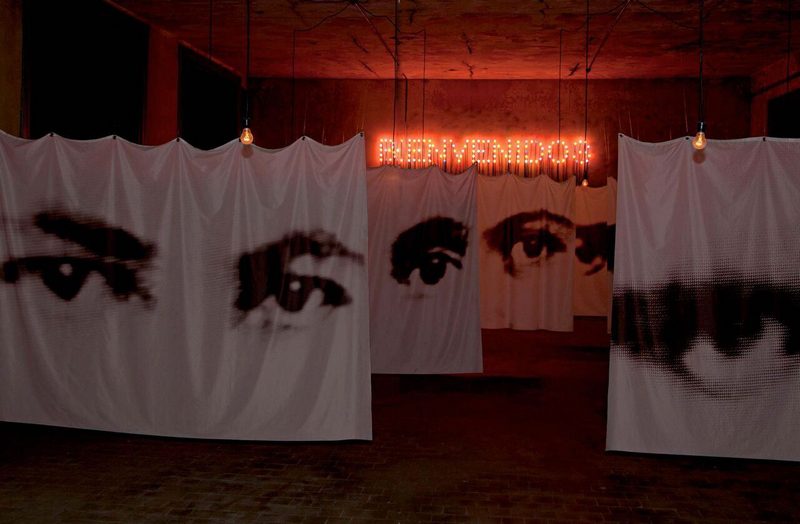ART-TRIBUTE:Christian Boltanski
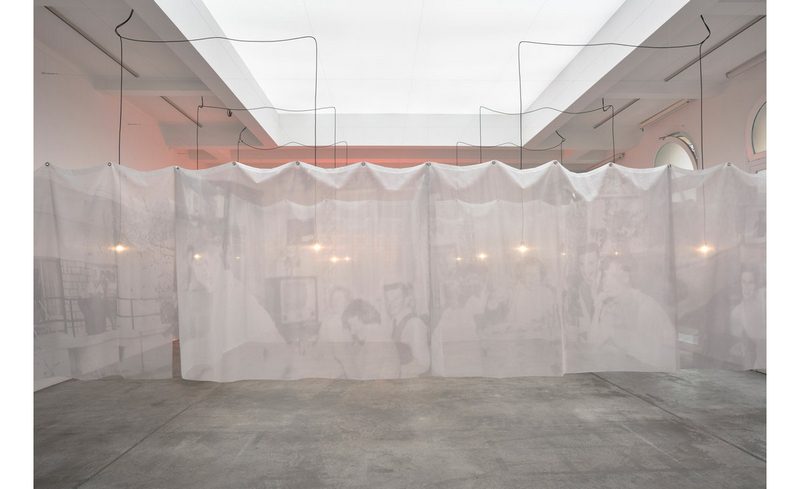 Christian Boltanski is known for a body of work that may be considered a disturbing archive of our social, cultural, ethnic, and personal histories. His death-obsessed creations have earned him an international reputation. He has spent his artistic life working with the most ephemeral of materials: newspaper clippings, photographs, found snapshots, clothing, candles, light bulbs, old biscuit tins. Christian Boltanski’s work over the past four decades has focused in different ways on the notion of individual identity, on the ways in which we strive to create and maintain it, and the degree to which it is lost in the midst of collective experience.
Christian Boltanski is known for a body of work that may be considered a disturbing archive of our social, cultural, ethnic, and personal histories. His death-obsessed creations have earned him an international reputation. He has spent his artistic life working with the most ephemeral of materials: newspaper clippings, photographs, found snapshots, clothing, candles, light bulbs, old biscuit tins. Christian Boltanski’s work over the past four decades has focused in different ways on the notion of individual identity, on the ways in which we strive to create and maintain it, and the degree to which it is lost in the midst of collective experience.
By Efi Michalarou
Photo: Archives of Marian Goodman Gallery & Fontazione Merz
The French artist Christian Boltanski, is one of the great interpreters of contemporary life. The viewer has the opportunity to see his work in Paris and Turin. On the occasion of the twentieth anniversary of her gallery in Paris, Marian Goodman has invited Christian Boltanski to present his latest work, also for the first time in Turin, a new, site-specific project inspired by the social and cultural history of the city, is on presentation at Fondazione Merz. Conceived as a complete installation, the exhibition “Faire-part” at Marian Goodman Gallery in Paris is a meditation on disappearance and the passage of time. Boltanski subtly weaves the different temporalities of his life and work to produce two large installations: a labyrinth of veils suspendedfrom the ceiling and a contemplative piece composed of a video projection and a bed of hay and cut flowers. The featured works also include the diptych “Départ-Arrivée”, composed of red and blue light bulbs, which alludes to the gallery’s anniversary. “La traversée de la vie”, reprises the photographs Boltanski used in his seminal works “Album des photos de la Famille D”. The artist, working like an ethnologist, recovered this ‘50s album and mounted the images to create a wall of photographs. In its new presentation in the ground floor gallery, the images of this family have been enlarged and printed on screens, as if faded over the years. In the Gallery’s basement the installation “Animitas” combines a video projection and a floor covered with dried grass, petals, and flowers which wither and decompose over the course of the exhibition. The video shows Boltanski’s eponymous work installed in the Atacama Desert since 2014. This work, dedicated to constellations, is installed in a unique natural setting which is characterized as having the lowest level of light pollution in the world. Made up of several hundreds of tiny Japanese bells, “Animitas” maps the exact configuration of the sky on Boltanski’s date of birth 6/9/44). Stirred by the wind, the bells tinkle like soft chimes evoking for the artist “The music of the spheres and the voices of drifting souls”. His first exhibition in Turin ”Dopo” unfolds inside the Fondazione Merz gallery spaces, is conceived as a total installation, a choral narrative addressing individual and collective memory, entwining the past with the present, urging unattended promises, recombining History with each individual’s life. Boltanski’s subject matters are History and life duration, he builds his own archives, around the gallery space, or brings forgotten memories back to the surface through the eyes and faces of strangers that emerge from found photographs. He synchronizes the sound of the human heartbeat to the rhythm of history, he creates settings with old clothing so that individual stories may not be dispersed.
Info: Faire-part, Marian Goodman Gallery, 79 Rue de Temple, Paris, Duration: 22/10-19/12/15, Days & Hours: Tue-Sat 11:00-19:00, http://mariangoodman.com & Dopo, Curator: Claudia Gioia, Fondazione Merz, via Limone 24, Torino, Duration: 3/11/15-31/1/16, Days & Hours: Tue-Sun 11:00-19:00, http://fondazionemerz.org
